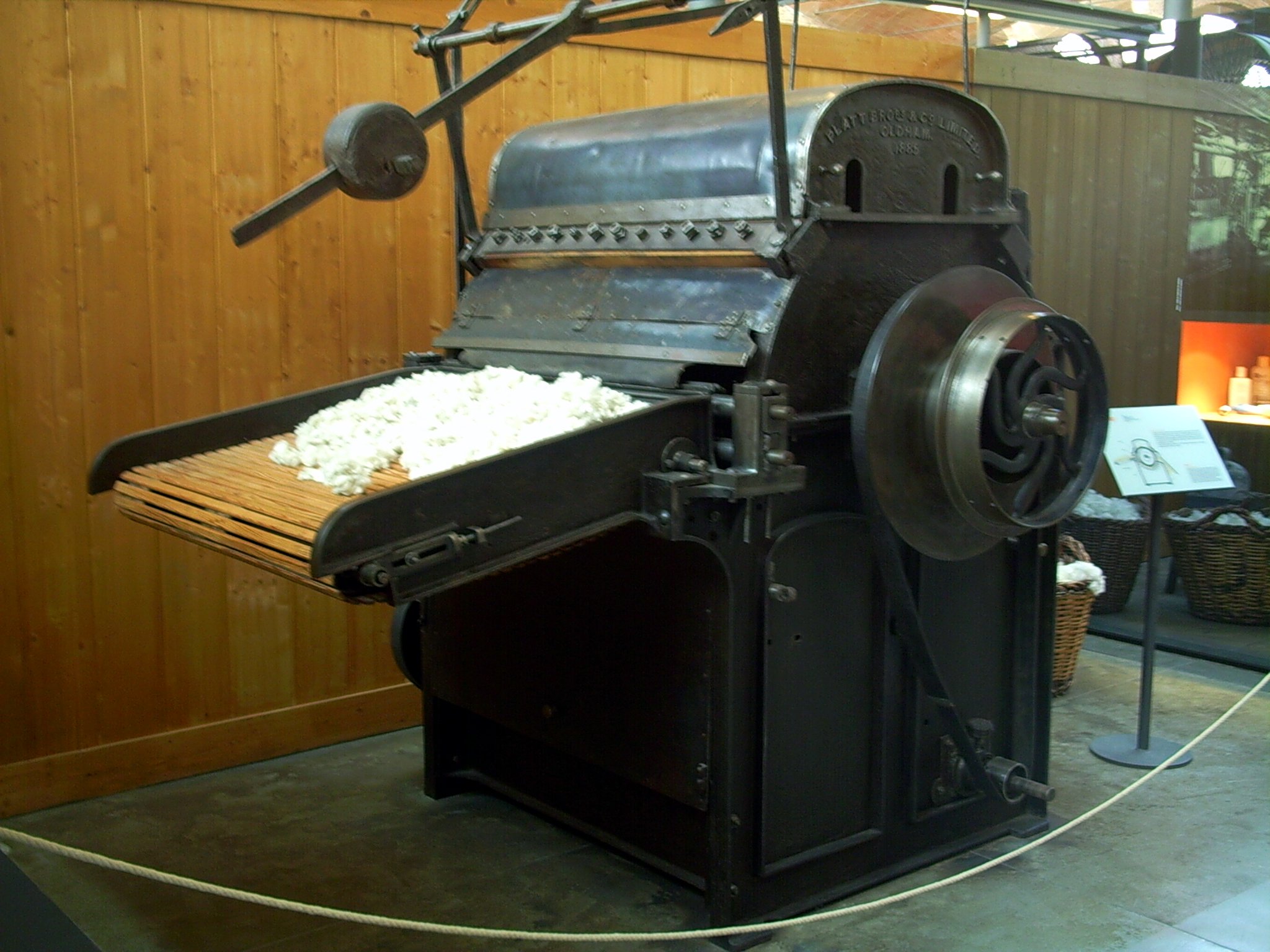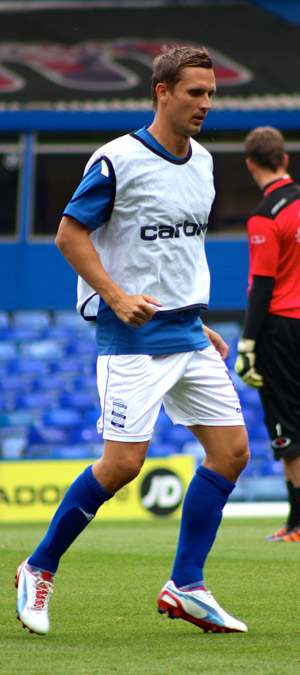|
Hørsholm Textile Factory
Hørsholm Textile Factory ( Danish: Hørsholm Klædefabrik) was a textile mill in Hørsholm, Denmark. The oldest part of the buildings can still be seen at Hovedgaden 51 and have now been converted into office space. History Hørsholm Klædefabrik was founded by Jørgen Heinrich Lindloff on 23 July 1842 and was then operated by horse power. It was expanded in connection with the introduction of steam engines in 1874. It won a gold medal at the 1888 Nordic Exhibition in Copenhagen Copenhagen ( ) is the capital and most populous city of Denmark, with a population of 1.4 million in the Urban area of Copenhagen, urban area. The city is situated on the islands of Zealand and Amager, separated from Malmö, Sweden, by the .... 120 workers was employed at the factory in 1940. It closed in 1968. Legacy The oldest part of the buildings can still be seen at Hovedgaden 51 and have now been converted into office space. The rest of the buildings were demolished shortly after the fact ... [...More Info...] [...Related Items...] OR: [Wikipedia] [Google] [Baidu] |
Hørsholm Klædefabrik
Hørsholm () is an urban area on the Øresund coast approximately north of Copenhagen, Denmark. It covers most of Hørsholm Municipality and straddles the borders neighbouring Fredensborg Municipality and Rudersdal Municipality. Hørsholm proper is developed around Hirschholm Palace, which was constructed in the 1730s, but the town has later absorbed several of the nearby communities that are of much older origins. History Palace and market town Hørsholm was founded in connection with the construction of Hirschholm Palace. Niels Eigtved created a plan for a residence town in 1737 and to stimulate its growth, it was given status as market town in 1739. However, it never came to serve as a market town and was still only a small settlement when the palace was demolished between 1810 and 1816. Over the following decades it grew as a garrison town and a local centre for trade. Industrialization A textile factory, later known as the Royal Military Textile Factory, had already be ... [...More Info...] [...Related Items...] OR: [Wikipedia] [Google] [Baidu] |
Danish Language
Danish (, ; , ) is a North Germanic languages, North Germanic language from the Indo-European languages, Indo-European language family spoken by about six million people, principally in and around Denmark. Communities of Danish speakers are also found in Greenland, the Faroe Islands, and the northern Germany, German region of Southern Schleswig, where it has minority language status. Minor Danish-speaking communities are also found in Norway, Sweden, the United States, Canada, Brazil, and Argentina. Along with the other North Germanic languages, Danish is a descendant of Old Norse, the common language of the Germanic peoples who lived in Scandinavia during the Viking Age, Viking Era. Danish, together with Swedish, derives from the ''East Norse'' dialect group, while the Middle Norwegian language (before the influence of Danish) and Bokmål, Norwegian Bokmål are classified as ''West Norse'' along with Faroese language, Faroese and Icelandic language, Icelandic. A more recent c ... [...More Info...] [...Related Items...] OR: [Wikipedia] [Google] [Baidu] |
Textile Mill
Textile manufacturing or textile engineering is a major industry. It is largely based on the conversion of fibre into yarn, then yarn into fabric. These are then dyed or printed, fabricated into cloth which is then converted into useful goods such as clothing, household items, upholstery and various industrial products. Different types of fibres are used to produce yarn. Cotton remains the most widely used and common natural fiber making up 90% of all-natural fibers used in the textile industry. People often use cotton clothing and accessories because of comfort, not limited to different weathers. There are many variable processes available at the spinning and fabric-forming stages coupled with the complexities of the finishing and colouration processes to the production of a wide range of products. History Textile manufacturing in the modern era is an evolved form of the art and craft industries. Until the 18th and 19th centuries, the textile industry was a household work ... [...More Info...] [...Related Items...] OR: [Wikipedia] [Google] [Baidu] |
Hørsholm
Hørsholm () is an urban area on the Øresund coast approximately north of Copenhagen, Denmark. It covers most of Hørsholm Municipality and straddles the borders neighbouring Fredensborg Municipality and Rudersdal Municipality. Hørsholm proper is developed around Hirschholm Palace, which was constructed in the 1730s, but the town has later absorbed several of the nearby communities that are of much older origins. History Palace and market town Hørsholm was founded in connection with the construction of Hirschholm Palace. Niels Eigtved created a plan for a residence town in 1737 and to stimulate its growth, it was given status as market town in 1739. However, it never came to serve as a market town and was still only a small settlement when the palace was demolished between 1810 and 1816. Over the following decades it grew as a garrison town and a local centre for trade. Industrialization A textile factory, later known as the Royal Military Textile Factory, had already been ... [...More Info...] [...Related Items...] OR: [Wikipedia] [Google] [Baidu] |
Denmark
Denmark is a Nordic countries, Nordic country in Northern Europe. It is the metropole and most populous constituent of the Kingdom of Denmark,, . also known as the Danish Realm, a constitutionally unitary state that includes the Autonomous administrative division, autonomous territories of the Faroe Islands and Greenland in the north Atlantic Ocean.* * * Metropolitan Denmark, also called "continental Denmark" or "Denmark proper", consists of the northern Jutland peninsula and an archipelago of 406 islands. It is the southernmost of the Scandinavian countries, lying southwest of Sweden, south of Norway, and north of Germany, with which it shares a short border. Denmark proper is situated between the North Sea to the west and the Baltic Sea to the east.The island of Bornholm is offset to the east of the rest of the country, in the Baltic Sea. The Kingdom of Denmark, including the Faroe Islands and Greenland, has roughly List of islands of Denmark, 1,400 islands greater than in ... [...More Info...] [...Related Items...] OR: [Wikipedia] [Google] [Baidu] |
Nordic Exhibition Of 1888
The Nordic exhibition of Industry, Agriculture, and Art of 1888 (''Den Nordiske Industri-, Landbrugs- og Kunstudstilling i Kjøbenhavn 1888'') was an exhibition that aimed to feature the best of art, industry, and agriculture from the five Nordic countries. It was a joint-venture between 29 organisations and institutions, with the weight on the private side, represented foremost by the Association of Copenhagen Industrialists. The exhibition was located in Copenhagen, Denmark. Influence of national responsibility In the spring of 1883, the theme of the exhibition was narrowed down to be an idea fostered by Philip Schou (1838–1922) who served as Chairman of the Association of Copenhagen Industrialists and Vice President of the expo. Philip Schou was the founding owner of the faience or earthenware pottery factory Aluminia in Christianshavn. In 1882, the owners of Aluminia purchased the Royal Copenhagen porcelain factory. It was pointed out by Philip Schou that the expo t ... [...More Info...] [...Related Items...] OR: [Wikipedia] [Google] [Baidu] |
Copenhagen
Copenhagen ( ) is the capital and most populous city of Denmark, with a population of 1.4 million in the Urban area of Copenhagen, urban area. The city is situated on the islands of Zealand and Amager, separated from Malmö, Sweden, by the Øresund strait. The Øresund Bridge connects the two cities by rail and road. Originally a Vikings, Viking fishing village established in the 10th century in the vicinity of what is now Gammel Strand, Copenhagen became the capital of Denmark in the early 15th century. During the 16th century, the city served as the ''de facto'' capital of the Kalmar Union and the seat of the Union's monarchy, which governed most of the modern-day Nordic countries, Nordic region as part of a Danish confederation with Sweden and Norway. The city flourished as the cultural and economic centre of Scandinavia during the Renaissance. By the 17th century, it had become a regional centre of power, serving as the heart of the Danish government and Military history ... [...More Info...] [...Related Items...] OR: [Wikipedia] [Google] [Baidu] |
Usserød Textile Factory
Usserød Textile Factory (Danish language, Danish: Usserød Klædefabrik) is a listed, 19th-century industrial complex at Usserød Å in the Usserød district of Hørsholm, Denmark. It was from 1802 home to the Royal Military Textile Factory (Danish: Den Kongelige Militære Klædefabrik) which remained in use until 1981. The buildings have now been renovated and are now used as a business park. History The first textile mill at the site was established by a private consortium in 1791. They had previously unsuccessfully applied for a royal license to build a textile mill on Mølleåen. In 1802 it was taken over by the state and from 1809 used for manufacturing textiles for military uniforms. From 1815, it completely replaced the Garrison Hospital, Copenhagen, Royal Military Textile Manufactury on Rigensgade in Copenhagen which was converted into a Garrison Hospital, Copenhagen, new garrison hospital. When the production peaked in 1814, Usserød Textile Mill produced more than 90,000 ... [...More Info...] [...Related Items...] OR: [Wikipedia] [Google] [Baidu] |




